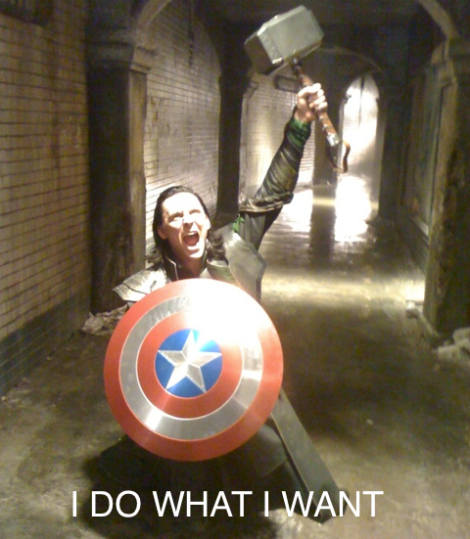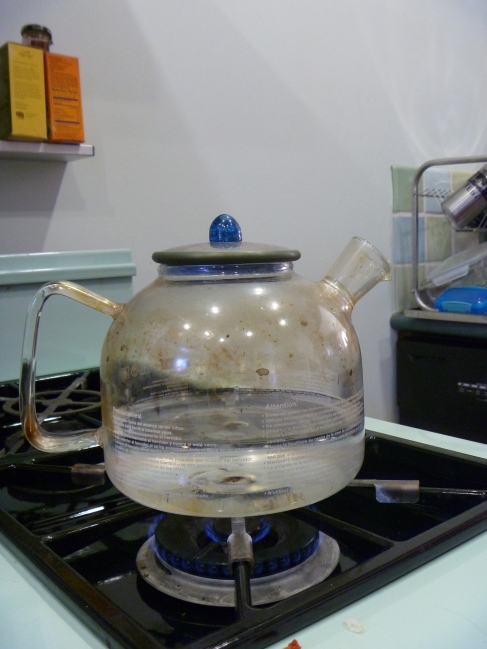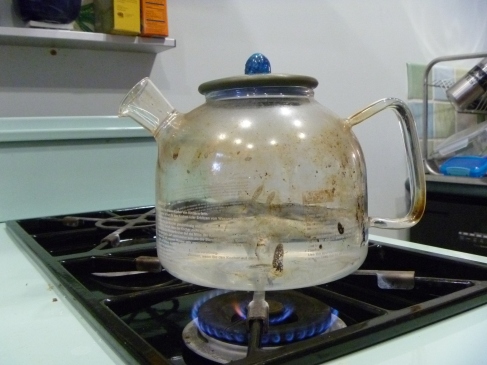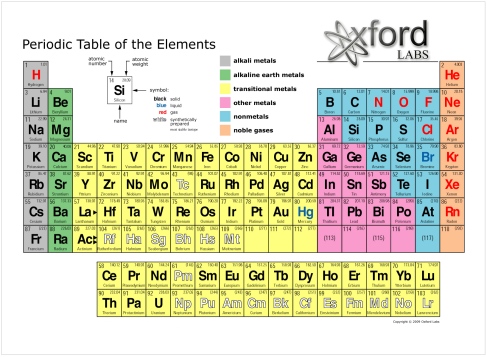Get used to seeing lots of biochemistry in the coming months because guess what class I am taking! Ten points if you said biochemistry, twenty consolation points if you said Intermediate Snare Craft. To start with, y’all need some of the basic facts on protein. And I don’t mean that it’s one of the basic food groups.
First thing’s first: proteins are made up of amino acids, which in turn are composed of codons. I can only define all these things in a very round way, so bear with me. Remember the base pairs of DNA? They connect to two helices and are abbreviated with A, T, C and G. Identical base pairs are found in RNA (With the exception of T being replaced by U), which is like the paternal twin of DNA; they look very similar but are in fact very distinct. RNA provides the instructions for translation, literally the translation of genetic instructions into (hopefully) functioning proteins. Three bases make up a codon, which, depending on the codon, indicate particular amino acids for the translation proteins to assemble into the protein. Because I don’t want to take an even bigger detour, think of RNA as beading instructions. The codons represent an amino acid bead that needs to added to a string until you have the whole bracelet, or whatever.
Now the analogy gets a little funky. Proteins are made up of a combination of twenty beads (nine of which we can’t manufacture and need to consume, hence the nine essential amino acids) which start out as a string (or a peptide chain), but do not stay that way. The strand of beads is only the primary structure. Depending on the composition of the protein, the strand may fold into an alpha helix or a beta pleated sheet. Those are examples of secondary structure. The protein can then fold further into a tertiary structure, and then bind with other, separate strand in an oligomer (protein made of multiple subunit proteins). This oligomer is its quartenary structure. Consider an elaborate beaded necklace, like…this one:

We have two main strands of beads, with differently shaped groups attached. Now, some necklaces may need fewer separate strands and some need more, just as with proteins. An entire functioning protein may be fibrous and composed of many strands (silk, keratin, collagen, etc) and then it really looks like a necklace. But then there are proteins that are more like the beaded lizards you made in grade school. Bits and bobs EVERYWHERE. Make one out of beaded wire and smoosh it and then you have a globular protein. They’re kind of a mess, but they’re a necessary mess. Think enzymes and hemoglobin.
Homework for tonight: make beaded lizards and/or protein.
Send pictures.
Sources
Jackson, Mark. 2009. “Biochemistry Chemical Concepts.” Quick Study Academic Outlines. BarCharts Inc.
Photo credit, Swift’s Jewelry: http://swiftsjewelry.com/swifts_panamshoot23/






